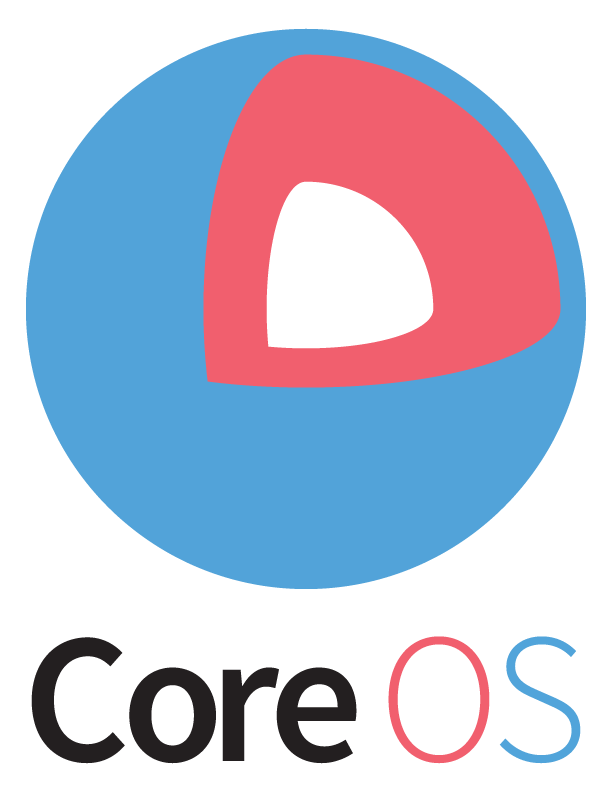CoreOS, the company behind the container-centric CoreOS Linux distribution and Tectonic container management service, today announced that it has raised a $28 million Series B round led by GV, the fund formerly known as Google Ventures.
Other investors include Accel, Fuel Capital, Kleiner Perkins Caufield & Byers (KPCB) and the Y Combinator Continuity Fund. In total, the company has now raised $48 million.
 As CoreOS co-founder and CEO Alex Polvi told me, this new round will provide “more fuel for the tank.” He noted that the company had a lot of inbound interest in this round, but the decision to work with GV was a pretty easy one, it seems. GV already led CoreOS’s add-on to its Series A round, after all, and Polvi describes the whole process as “quick and easy” (which isn’t something you typically hear about Series B rounds these days).
As CoreOS co-founder and CEO Alex Polvi told me, this new round will provide “more fuel for the tank.” He noted that the company had a lot of inbound interest in this round, but the decision to work with GV was a pretty easy one, it seems. GV already led CoreOS’s add-on to its Series A round, after all, and Polvi describes the whole process as “quick and easy” (which isn’t something you typically hear about Series B rounds these days).
Given that the company sees its mission as bringing “Google’s infrastructure to everyone else,” or “GIFEE” as Polvi likes to call it whenever he gets a chance, working closely with Google also makes a lot of sense. As part of this round, GV General Partner Dave Munichiello will take a seat on CoreOS’s board, too.
“The last couple of years were about making GIFEE possible — now it’s about how we package that and not just make open source users happy with it but also businesses that just want solutions,” Polvi said. “We want to make this way of running infrastructure ubiquitous.”
To do this, the company plans to use the new funding to grow its team in the U.S. and Europe. Polvi noted that this means CoreOS will build out its sales and marketing teams, for example, so it can more effectively engage with potential customers for its paid products.
The core of CoreOS’s product range, of course, is the CoreOS distribution, but the Kubernetes-based Tectonic container management platform is what brings all of these efforts together.
“Tectonic is the full platform,” Polvi said. “What you’ll see is that we’ll continue to refine that but also build more products that run on the platform.” He likens this process to how cloud providers like Amazon’s AWS first launched their core compute, storage and networking services and then built other products on top of that.
